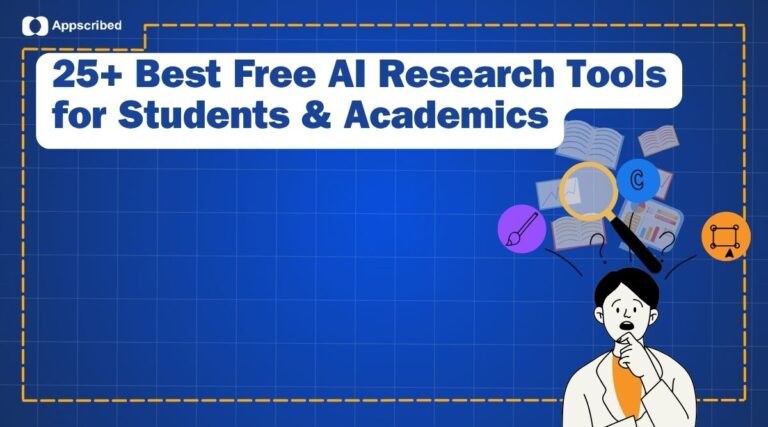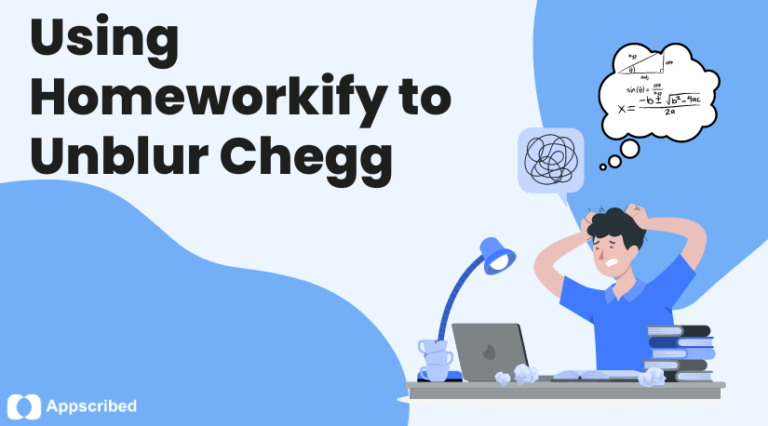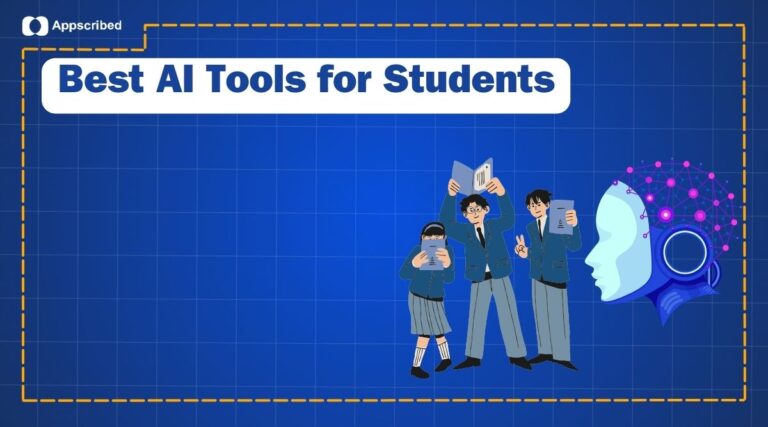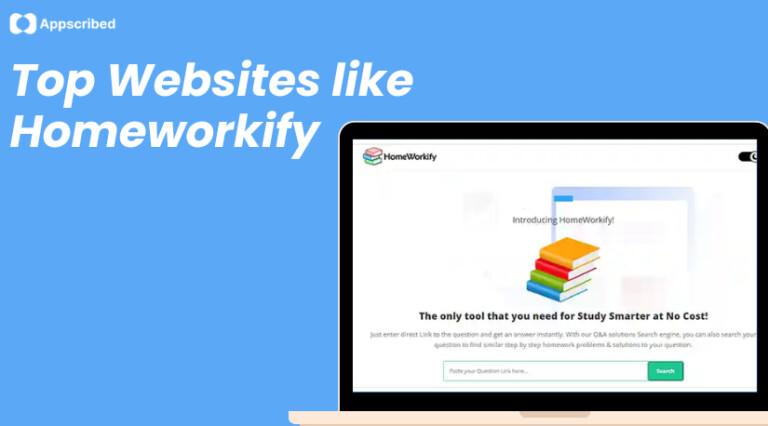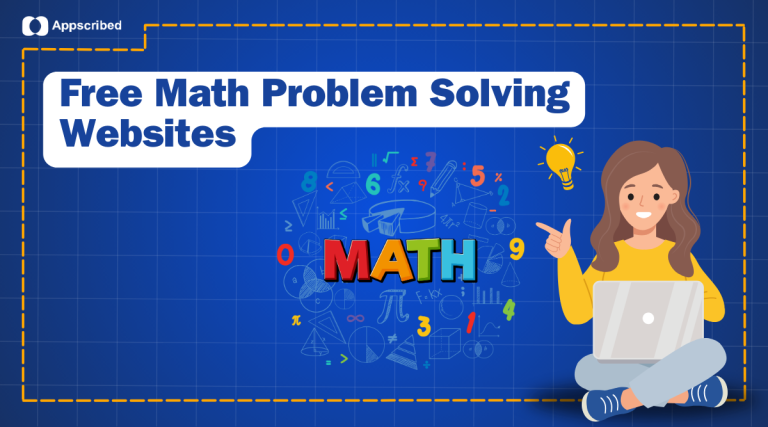Finding the right free AI research tools can transform your academic journey from overwhelming to efficient. Whether you’re a graduate student tackling your first dissertation or an established researcher seeking to streamline your workflow, these research tools for students and academics offer powerful capabilities without the hefty price tag.
This comprehensive guide reveals 25+ proven academic research software solutions that leverage artificial intelligence to revolutionize how you discover literature, analyze data, and manage citations. From AI-powered literature search engines to sophisticated data analysis platforms, these tools represent the cutting edge of research productivity technology.
Quick Overview: Top Free AI Research Tools by Category
| Research Phase | Best Tools | Key Benefits |
|---|---|---|
| Literature Discovery | Semantic Scholar, ResearchRabbit, Elicit | AI-powered paper search, semantic analysis |
| Research Mapping | Connected Papers, Litmaps, VOSviewer | Visual citation networks, trend identification |
| Data Analysis | JASP, R, Orange | Statistical analysis, machine learning |
| Document Management | Zotero, Mendeley, Obsidian | Citation formatting, reference organization |
| Writing & Editing | Hemingway Editor, Grammarly | Grammar checking, style improvement |
Why Free AI Research Tools Matter
The academic landscape has shifted dramatically toward AI-powered research methodologies. Traditional research approaches that once required weeks of manual work now happen in hours thanks to intelligent algorithms and machine learning capabilities.
These free academic tools democratize access to sophisticated research capabilities previously available only through expensive institutional subscriptions. Students and independent researchers can now access the same powerful literature review tools and analytical capabilities used by major universities and research institutions.
Complete Research Workflow: 7 Essential Phases
Phase 1: Literature Discovery
Semantic Scholar
Website: https://www.semanticscholar.org/
Semantic Scholar uses groundbreaking AI and engineering to understand the semantics of scientific literature to help Scholars discover relevant research. Unlike traditional academic databases, this platform uses machine learning to understand the semantic relationships between research concepts, delivering more relevant results than keyword-based searches.
Core features:
- Access to 200+ million academic papers across all disciplines
- AI-generated paper summaries (TLDRs) for quick comprehension
- Citation influence metrics and author impact analysis
- Advanced filtering by publication date, venue, and study type
- Completely free with no registration barriers
ResearchRabbit
Website: https://www.researchrabbit.ai/
Discover, visualize, and organize your research faster with ResearchRabbit. Explore papers, track trends, and build citation maps with ease. This academic research software creates dynamic visual networks showing how papers connect, helping identify influential works and emerging research trends.
Unique capabilities:
- Interactive citation mapping based on seed papers
- Collaboration recommendations and author networks
- Real-time research alerts and notifications
- Seamless integration with reference managers
Elicit
Website: https://elicit.org/
Elicit represents the next generation of research tools for students, using large language models to answer research questions directly from academic literature. It extracts key information from papers and synthesizes findings across multiple sources.
Google Scholar
Website: https://scholar.google.com/
While not new, Google Scholar remains essential for comprehensive academic search, offering access to scholarly literature across disciplines with citation tracking and author profiles.
Phase 2: Research Mapping
Connected Papers
Website: https://www.connectedpapers.com/
A unique, visual tool to help researchers and applied scientists find and explore papers relevant to their field of work. This tool revolutionizes how researchers understand their field by creating beautiful visual maps of academic literature.
Key features:
- Interactive network graphs showing paper relationships
- Timeline views tracking research development
- Prior and derivative work identification
- Research gap analysis through network visualization
Litmaps
Website: https://www.litmaps.co/
Litmaps offers dynamic literature review tools with collaborative features perfect for research teams. Its timeline functionality helps track how research topics evolve over time.
VOSviewer
Website: https://www.vosviewer.com/
VOSviewer provides professional-grade bibliometric analysis capabilities, allowing researchers to construct and analyze citation networks with sophisticated clustering algorithms.
Open Knowledge Maps
Website: https://openknowledgemaps.org/
This tool generates comprehensive knowledge maps based on your research queries, using AI to cluster related papers and identify key themes within your field.
Phase 3: Document Management & Note-Taking
Zotero
Website: https://www.zotero.org/
Zotero is a free, easy-to-use tool to help you collect, organize, cite, and share research. This remains the premier free academic tools for citation management, offering comprehensive reference organization, PDF management, and collaborative research features.
Core capabilities:
- Automatic citation capture from web sources
- PDF annotation and organization
- Collaborative research libraries
- Integration with major word processors
- Support for 10,000+ citation styles
Obsidian
Website: https://obsidian.md/
Obsidian transforms note-taking with its knowledge graph approach, helping researchers visualize connections between ideas and concepts across their research.
Notion
Website: https://www.notion.so/
Notion provides comprehensive workspace capabilities for research organization, combining databases, notes, and collaboration tools in one platform.
Roam Research
Website: https://roamresearch.com/
Roam Research offers bi-directional linking for creating interconnected research notes, particularly valuable for complex research projects with multiple themes.
Phase 4: Data Analysis
JASP
Website: https://jasp-stats.org/
JASP provides comprehensive statistical analysis capabilities rivaling expensive software like SPSS, offering both frequentist and Bayesian analysis methods completely free.
Key statistical features:
- Descriptive and inferential statistics
- ANOVA, regression, and factor analysis
- Bayesian hypothesis testing
- Professional-quality output formatting
- Extensive visualization options
R and RStudio
Website: https://www.r-project.org/ and https://posit.co/products/open-source/rstudio/
R remains the gold standard for statistical computing and graphics, with RStudio providing an integrated development environment that makes R more accessible.
Orange
Website: https://orangedatamining.com/
Orange offers visual data mining and machine learning workflows, perfect for researchers who prefer graphical interfaces to traditional coding approaches.
Python with Jupyter Notebooks
Website: https://jupyter.org/
Jupyter Notebooks provide interactive computing environments perfect for data analysis, visualization, and sharing reproducible research.
Phase 5: Visualization & Diagram Creation
Draw.io (now Diagrams.net)
Website: https://app.diagrams.net/
Draw.io provides professional diagramming capabilities essential for creating research flowcharts, conceptual models, and network diagrams. Its extensive template library covers most academic visualization needs.
Canva
Website: https://www.canva.com/
Canva offers specialized templates for academic presentations, posters, and infographics, helping researchers communicate findings effectively.
Gephi
Website: https://gephi.org/
Gephi specializes in network analysis and visualization, ideal for researchers working with social networks, citation analysis, or any relational data.
Inkscape
Website: https://inkscape.org/
Inkscape delivers vector graphics editing capabilities perfect for creating publication-quality scientific illustrations and diagrams.
Phase 6: Writing & Editing
Hemingway Editor
Website: https://hemingwayapp.com/
Hemingway Editor focuses on readability improvement, helping researchers communicate complex ideas more clearly by identifying dense passages and suggesting simplifications.
Grammarly
Website: https://www.grammarly.com/
Grammarly (free version) provides essential grammar checking and style suggestions, though premium features require subscription.
LanguageTool
Website: https://languagetool.org/
LanguageTool provides advanced grammar and style checking in multiple languages, particularly valuable for international researchers.
DeepL Write
Website: https://www.deepl.com/write
DeepL Write offers AI-powered writing assistance with suggestions for improving clarity, tone, and style in academic writing.
Phase 7: Reference Management & Collaboration
Mendeley
Website: https://www.mendeley.com/
Mendeley combines reference management with social networking features, allowing researchers to discover papers through academic networks and collaborate with peers.
EndNote Basic
Website: https://access.clarivate.com/login?app=endnote
EndNote Basic provides essential citation management features from the well-known EndNote platform, though with limited storage and functionality compared to the full version.
RefWorks
Website: https://www.refworks.com/
RefWorks offers cloud-based reference management with collaborative features, though free access is typically through institutional subscriptions.
Advanced Integration Strategies
Workflow Optimization Tips:
- Start with Semantic Scholar for comprehensive literature discovery
- Use ResearchRabbit to map your research landscape visually
- Organize findings in Zotero for long-term reference management
- Analyze data with JASP for professional statistical results
- Create visuals with Draw.io for presentations and publications
- Polish writing with Hemingway Editor for maximum clarity
Cross-Tool Integration: Many of these research tools for students work together seamlessly. For example, you can export citations from Semantic Scholar directly to Zotero, then use those references in your analysis with JASP, and finally create visualizations with the insights using Draw.io.
Comprehensive Tool Comparison Matrix
| Tool | Category | Best For | Learning Curve | Collaboration | Cost |
|---|---|---|---|---|---|
| Semantic Scholar | Literature Search | Paper discovery | Minimal | Limited | Free |
| ResearchRabbit | Mapping | Network visualization | Low | Yes | Free |
| Zotero | References | Citation management | Medium | Excellent | Free |
| JASP | Analysis | Statistics | Medium | Limited | Free |
| Connected Papers | Mapping | Visual literature review | Low | Limited | Free |
| Hemingway Editor | Writing | Readability | Minimal | No | Freemium |
Getting Started: Your Implementation Roadmap
Week 1: Foundation Setup
- Install Zotero and import existing references
- Create Semantic Scholar account for personalized recommendations
- Set up ResearchRabbit to map your research area
Week 2: Workflow Integration
- Begin using JASP for statistical analysis needs
- Implement Connected Papers for literature mapping
- Start using Hemingway Editor for writing improvement
Week 3: Advanced Features
- Explore collaborative features in chosen tools
- Set up automated workflows between platforms
- Begin creating visualizations with Draw.io
Week 4: Optimization
- Evaluate workflow efficiency and adjust tool selection
- Train on advanced features of your core tools
- Establish backup and synchronization procedures
Maximizing Research Productivity
Time-Saving Strategies:
Batch Processing: Use tools like Zotero to process multiple documents simultaneously rather than working on papers individually.
Template Creation: Develop standard templates in Draw.io and Canva for consistent research presentations and reports.
Automation Setup: Configure Zotero to automatically capture citations from your most-used databases and websites.
Regular Updates: Schedule weekly reviews to ensure your research tools stay current with the latest features and capabilities.
Future Trends in AI Research Tools
The landscape of academic research software continues evolving rapidly. Emerging trends include:
Large Language Model Integration: Tools increasingly incorporate GPT-like capabilities for natural language querying and synthesis.
Real-time Collaboration: Cloud-based platforms enabling seamless research team collaboration across institutions.
Predictive Analytics: AI systems that predict research trends and suggest promising research directions.
Automated Literature Reviews: Tools that can conduct preliminary systematic reviews automatically.
Multi-modal Analysis: Integration of text, image, and data analysis in single platforms.
Also Explore:
Conclusion
The revolution in free AI research tools has fundamentally changed what’s possible for students and academics working with limited budgets. These platforms provide capabilities that rival expensive institutional subscriptions while offering the flexibility and accessibility that modern researchers need.
Whether you’re conducting literature reviews, analyzing complex datasets, or managing extensive reference collections, these AI-powered research tools offer unprecedented opportunities to enhance your scholarly productivity. The key to success lies in selecting the right combination of tools for your specific research needs and integrating them into a coherent workflow.
Final Recommendations by Research Type
| Research Type | Essential Tool Combination |
|---|---|
| Literature Review | Semantic Scholar + ResearchRabbit + Zotero |
| Quantitative Analysis | JASP + R + Draw.io |
| Qualitative Research | Obsidian + Notion + Hemingway Editor |
| Mixed Methods | Full toolkit with emphasis on visualization tools |
| Collaborative Projects | Zotero + ResearchRabbit + shared document platforms |
Start with the tools that address your most pressing research challenges, then gradually expand your toolkit as you become more comfortable with AI-powered research workflows. The future of academic research is increasingly intelligent, collaborative, and accessible – and these tools represent your gateway to that future.
Remember, the most powerful research tool is the one you’ll use consistently. Choose tools that fit your working style, integrate well with your existing processes, and provide clear value for your specific research goals. With these free AI research tools, you’re equipped to conduct research that’s more efficient, comprehensive, and impactful than ever before.

